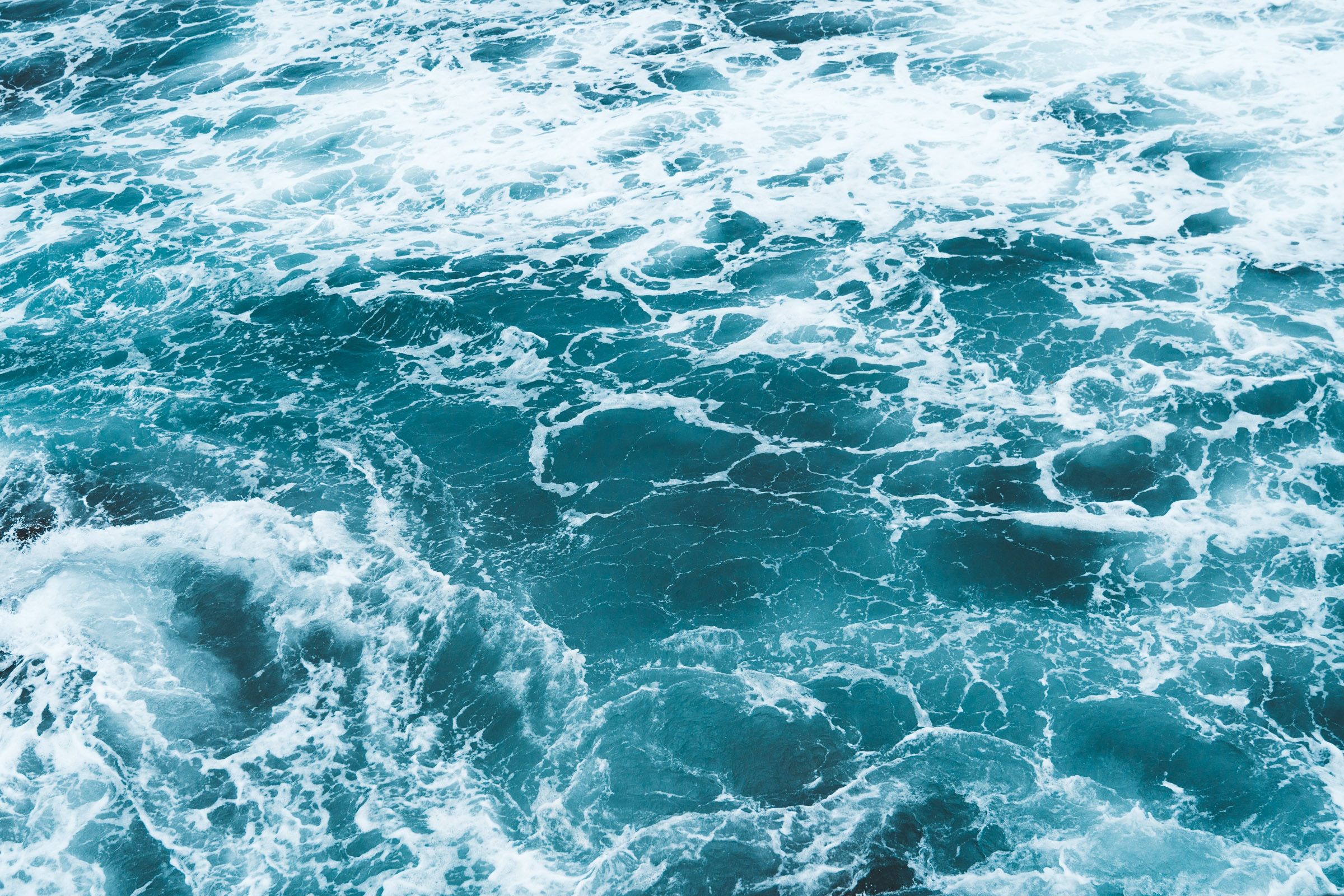News
Seagrass protection is key to tackling climate change

News | Jun 2020
Seagrass meadows can be a powerful nature-based climate solution and help sustain communities hard-hit by stressors such COVID-19, but these important ecosystems continue to decline.
This World Oceans Day, a new report, Out of the Blue: The Value of Seagrasses to the Environment and to People, finds that seagrass meadows cover more than 300,000 km2 in at least 159 countries. They nurture fish populations, weaken storm surges, and provide numerous other services to coastal communities.
Seagrass ecosystems are biologically rich and highly productive, providing valuable nursery habitats to more than 20 per cent of the world’s largest fisheries. They filter pathogens, bacteria, and pollution out of seawater and, as well as their important contribution to commercial fisheries, are also home to endangered and charismatic species such as dugongs, seahorses, and sea turtles.
Almost 30 per cent of known seagrass area across the globe has been lost due to human activities, and at least 22 of the world’s 72 seagrass species are in decline. The main threats to seagrass meadows include urban, industrial, and agricultural run-off, coastal development, dredging, unregulated fishing and boating activities, and climate change.
New data suggest that seagrasses are among the least protected coastal habitats. Only 26 per cent of recorded seagrass meadows fall within Marine Protected Areas (MPAs) compared with 40 per cent of coral reefs and 43 per cent of mangroves.
The report finds that seagrass ecosystems play an outsized role in combatting the climate crisis. Though they cover only 0.1 per cent of the ocean floor, these meadows are highly efficient carbon sinks, and are estimated to be responsible for more than 10 per cent of carbon buried annually in ocean sediments.
Lauren Weatherdon, Senior Programme Officer, UN Environment Programme World Conservation Monitoring Centre (UNEP-WCMC), said: “Seagrass meadows offer huge benefits to people and communities, from helping ensure food security to combatting climate change. For countries seeking to do their part under the Paris Agreement, conserving and restoring seagrass meadows can be an impactful way of reducing carbon in the atmosphere while also protecting and supporting local communities.”
As the world works to build back better and more resilient following COVID-19, preserving and restoring seagrass ecosystems can be a highly effective way to protect food chains and create jobs in industries such as fishing and tourism.
The well-being of human communities all around the globe is closely tied to the health of seagrass meadows. In Tanzania, a decline in seagrass was found to have a negative impact on the livelihoods of women who collect invertebrates, such as clams, sea snails and sea urchins, from seagrass meadows. In the North Atlantic, seagrass provides critical habitat to juvenile Atlantic cod, a major commercial species that is fished by fleets from more than a dozen nations. Seagrasses are also part of the cultural fabric of many island communities. For example, in the Solomon Islands, fishers twist seagrass leaves together and shout to seagrass spirits for good luck.
Out of the Blue: The Value of Seagrasses to the Environment and to People was released by the United Nations Environment Programme (UNEP) together with GRID-Arendal and the UN Environment Programme World Conservation Monitoring Centre (UNEP-WCMC).
Read the full report here.
Have a query?
Contact us
communications@unep-wcmc.org
